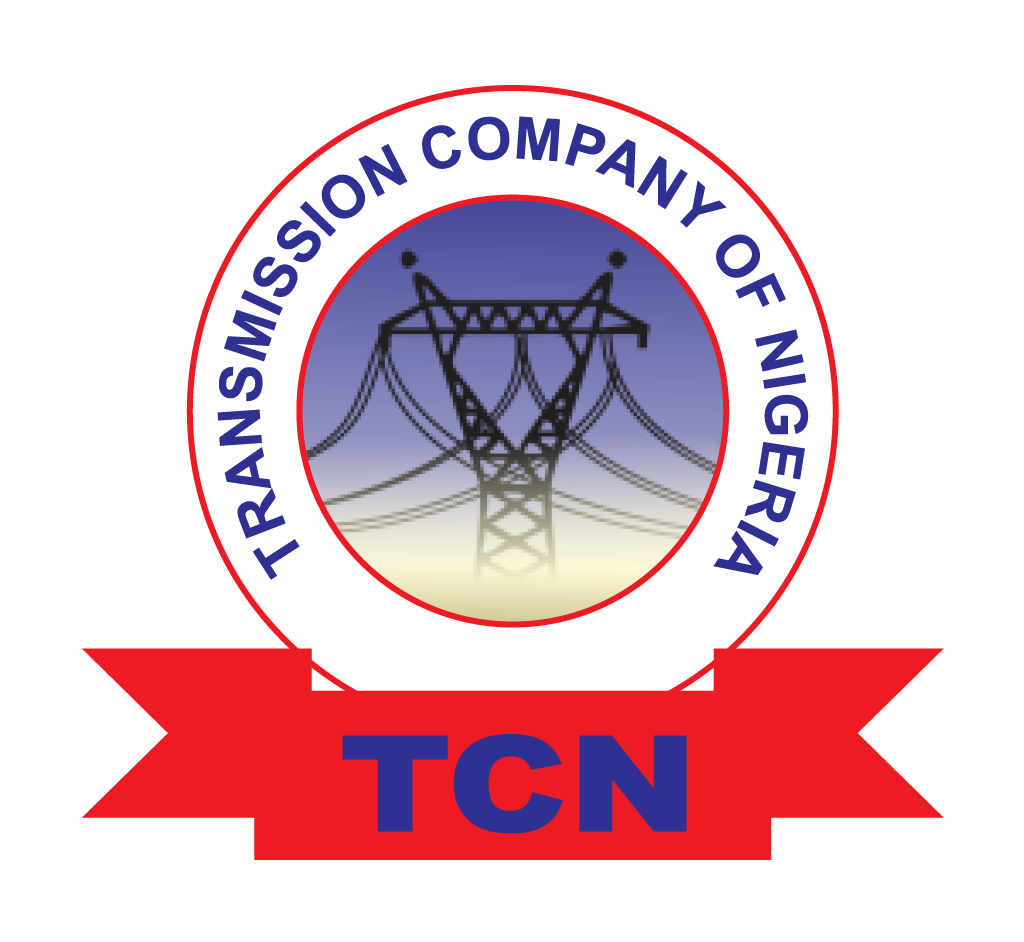 |
| Fine picture of Engr. Sule A. Abdullaziz, MD/CEO of TCN |
BY: Maimuna Isah- Ladan
The Transmission Company of Nigeria (TCN) is one of the eighteenth unbundled units of the defunct Power Holding Company of Nigeria. While the other seventeenth were privatised, the federal government retained ownership of the company.
Basically, the company is divided into two; Transmission Service Provider (TSP) and Independent System Operators (ISO), working to achieve its major responsibility of wheeling bulk electricity from the national grid to the distribution companies who in turn, supply to the final consumers.
There are various units and departments in TCN, with each performing distinctive functions. The Protection, Control and Metering Department, popularly called PC&M is one of such units.
The PC&M is a unit under the Transmission Service Provider (TSP) section in TCN. The department is saddled with the responsibilities of ensuring system security, stability and reliability through the systematic, strategic and timely isolation of faulty portion of the system during faulty condition in order to safeguard the national grid from collapse and also protect the most important equipment within and outside the switchyard or substation.
In a recent interview, the Principal Manager, Transmission, Kaduna region, Engr. Ahmed Usman, explained that within the scope of TCN, the most important equipments are Transmission lines, circuit breakers, isolator, Transformers and the Bus-bars.
He explained that losing any of these equipments will hinder the company from effectively and efficiently discharging its duties, which is wheeling the generated power form the generating stations to distribution substations across the country.
He noted that a loss of any of the aforementioned equipment leads to the reduction of TCN transmission wheeling capacity consequently affecting the quantity and quality of power that can be transmitted to consumers.
The responsibility of the PC&M department is ensuring that no equipment is damaged due to fault cannot be over emphasized. Thus, ensuring the efficient and adequate supply of power.
Depending on the type of equipment, there are various protection schemes employed to safeguard it. In general, protection schemes are mainly categorised into main, back-up protection and auxiliary protection.
The main protection serves as the first line of action during a fault condition, while in a situation where the main protection fails, the back-up protection is activated thereby providing adequate and reliable protection. The auxiliary protection, which is peculiar to the power transformer also helps in keeping the efficiency of the equipment.
For a power transformer, the main protections are:
i. Differential Protection
ii. Restricted Earth Fault Protection (REF)
iii. Buchholz Protection
iv. oil and winding temperature protection (OTI & WTI)
While the back-up protections are:
i. Overcurrent Protection (O/C)
ii. Standby Earth-fault protection (SBEF)
And the auxiliary protections are:
i. Pressure relief protection (PRV)
ii. Sudden pressure relief protection (SPR)
For lines, the main protection is the Line Differential and Distance Protection, while its back-up is the Overcurrent and earth fault protections.
On the other hand, the main protection of a bus-bar is the bus-bar differential protection and the back-up is the overcurrent protection.
In order to achieve all these, the full knowledge of the different types and make of relays is paramount. Some of the relays commonly used by PC&M engineers are MICOM, SEL, ABB, NARI, SIEMENS, SEPAM, ALSTOM, SCHNEIDER, etc. All the protective relays / devices are sometimes identified by their standard device numbers courtesy of American National Standard Institute (AMSI)and Institute of Electrical and Electronic Engineering (IEEE).
In an interview with PC&M Engineers, Engr. Shefiu Ibrahim, Engr Abdulkarim Zakariyya and Ibrahim Ma’aji, while they were installing a brand new circuit breaker recently delivered to Mando 330/132/33kV substation, they noted that the testing and confirmation assessment of the equipment before being put into first time use or after failure is one of the top responsibilities of a PC&M engineer.
They also explained that a PC&M Engineer is exposed to the technical know-how of the sophisticated test equipment like the Omicron Test equipment, Megger test kits, to mention but a few. The engineer is also responsible for the control of the substation such as the circuit breaker, isolator, transformer cooling system, etc. and also the metering of power, voltage and current coming in and leaving substation.
